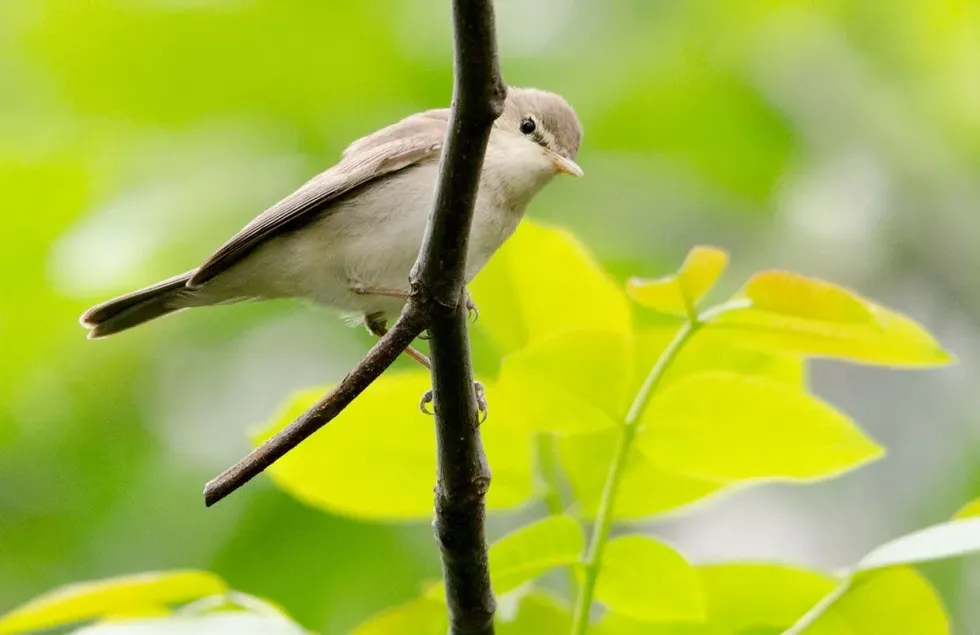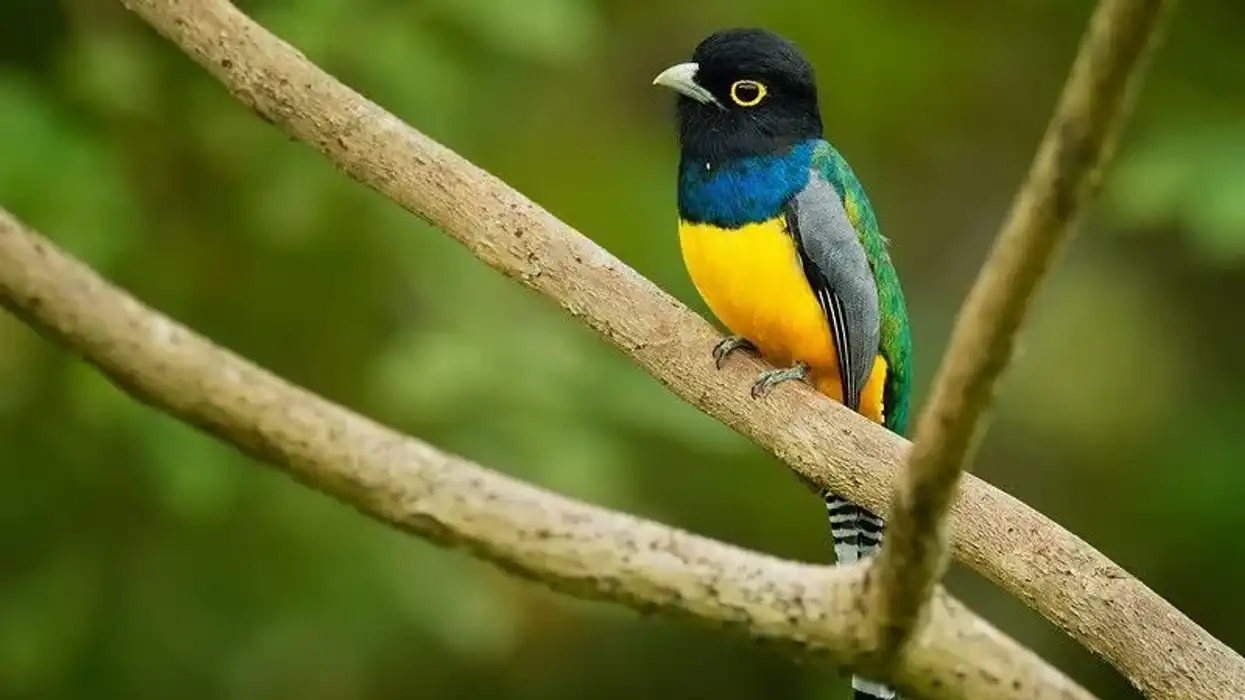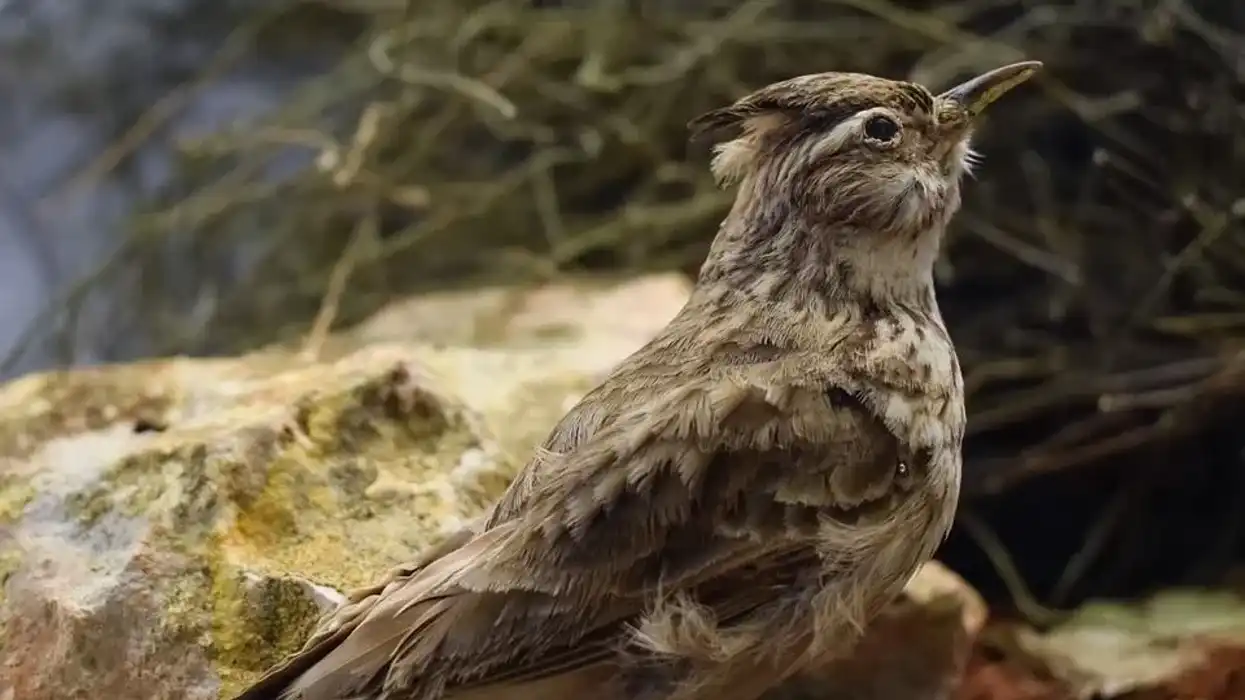The eastern olivaceous warbler (Iduna pallida) is an Old World bird of the Acrocephalidae family. This bird has striking similarities with other Iduna and Acrocephalus species.
It is recognized as a fairly common species throughout its range, therefore, is regarded as a stable species. However, the global population trend is unknown.
In some areas, widespread habitat destruction has snatched away the bird's ideal nesting sites. Expansion of agricultural lands, forest destruction, and clearing bushes have made the warbler population a bit more restricted than before but they are not facing any major threats as of yet.
Based on the eastern olivaceous warbler range, they are divided into four different subspecies, each inhabiting different regions. These birds prefer to inhabit forest borders rather than interiors of the forest.
The presence of water bodies near their habitat is not necessary, although the bird species favors the presence of a nearby water source. They use several plant matters like stems and twigs to build the breeding nest and line the nest with plants and fur. To know more amazing facts about the bird, keep on reading.
For similar content check out myrtle warbler and Connecticut warbler facts too.
Eastern Olivaceous Warbler Interesting Facts
What type of animal is an eastern olivaceous warbler?
The eastern olivaceous warbler (Iduna pallida) is a type of bird.
What class of animal does an eastern olivaceous warbler belong to?
The eastern olivaceous warbler (Iduna pallida) of the Passeriformes order and the Acrocephalidae family belongs to the class Aves, the common class for all birds.
How many eastern olivaceous warblers are there in the world?
The accurate global population of the eastern olivaceous warbler (Iduna pallida) has not been determined currently. However, a population survey of eastern olivaceous warblers in Europe shows that there are around 3,260,000-6,560,000 European bird pairs existing currently.
This equates to a total of 6,510,000-13,100,000 mature individuals present in Europe which is considered to form 30% of the world population size.
Accordingly, the world population of the species is estimated to be around 21,700,000-43,600,000 mature individuals. These European birds are following a stable population trend as they do not face any major threats in their range.
Where does an eastern olivaceous warbler live?
These eastern olivaceous warblers are Old World birds that are distributed throughout Europe, west Asia, and Africa. The subspecies Iduna pallida elaeica is the most widespread subspecies of these birds.
They are abundant in southeast Europe including Croatia, Romania, Hungary, Ukraine, and Bulgaria. In west Asia, the eastern olivaceous warbler distribution ranges from Turkey, Syria, Kazakhistan, north and west Iran, Iraq, up to northern Afghanistan.
This subspecies is also found in the Sahel region of Africa. Iduna pallida pallida are found in western and northern Europe. From there, they enter Africa across the western desert along the River Nile, extend up to central Sudan, and travel further south in the non-breeding season.
The subspecies Iduna pallida reiseri and Iduna pallida laeneni are found only in Africa. The bird inhabits desert regions of Morocco, Algeria, Tunisia, Nigeria, Cameroon, and south of the Sahara desert.
What is an eastern olivaceous warbler's habitat?
Eastern olivaceous warblers (Iduna pallida) occur in temperate forests, dry shrublands, savannas, tall bushes, riverine vegetation, and dense rural gardens. They also inhabit tall trees and thick bush-like dates, palms, acacias, oaks, and pines. These birds prefer to nest in areas with taller plants rather than low shrubs or bushes.
Who do eastern olivaceous warblers live with?
There is no existing information regarding whether birds live alone or in groups.
How long does an eastern olivaceous warbler live?
The eastern olivaceous warbler life span is believed to be seven to nine years of age in the wild.
How do they reproduce?
The breeding season of these eastern olivaceous warblers (Iduna pallida) lasts from May to June. There is very little information available regarding breeding techniques of the bird.
European and central Asian birds breed once a year but the African population might engage in breeding two times a year. These warblers build a large breeding nest together with their partner on a forked branch.
After breeding, females lay three to five eggs in a single clutch. Chicks are born after an incubation period of 11-13 days and are fed by both parents until they fly from the nest.
What is their conservation status?
Eastern olivaceous warblers (Iduna pallida) of the Acrocephalidae family are classified as a species of Least Concern on the IUCN Red List. These birds have an extremely large range and a considerably large population.
They do not reach the threshold of an Endangered species because of these factors. Their population reflects a stable trend throughout their range and therefore these birds are evaluated as a Least Concern species.
Eastern Olivaceous Warbler Fun Facts
What do eastern olivaceous warblers look like?
The eastern olivaceous warbler (Iduna pallida) is a mid-sized bird. It has a long and pointed sharp bill and grey legs. The upper portion of the body has a uniform light brown or grayish brown plumage.
Underparts, including the crown and the back of the eye, are white in color. The tail, with off-white tips, looks paler than the brown of the body. Males and females of the eastern olivaceous warbler species (Iduna pallida) look alike without any sexual dimorphism.
How cute are they?
Unlike the bright yellow warbler, the eastern olivaceous warbler (Iduna pallida) looks a bit bland overall because of its dull coloration. However, the bird has extremely sharp features.
How do they communicate?
These birds communicate by using high-pitched and nasal tones. They call by a clicking sound and sometimes a prolonged 'chek chek' sound.
How big is an eastern olivaceous warbler?
The eastern olivaceous warbler size ranges between 4.7-5.5 in (12-14 cm). They are of the same size as palm warblers.
How fast can an eastern olivaceous warbler fly?
The speed of this bird species has not been determined.
How much does an eastern olivaceous warbler weigh?
The weight of the eastern olivaceous warbler (Iduna pallida) ranges between 0.3-0.5 oz (8-16 g).
What are the male and female names of the species?
Male and female eastern olivaceous warblers (Iduna pallida) are referred to as cock and hen respectively.
What would you call a baby eastern olivaceous warbler?
A baby eastern olivaceous warbler is referred to as a chick.
What do they eat?
The eastern olivaceous warbler (Iduna pallida) primarily eats insects like dragonflies, butterflies, termites, bugs, and moths. They also feed on ripe fruits.
Are they dangerous?
No, they are not dangerous.
Would they make a good pet?
No, these birds belong in the wild so they do not make good pets.
Did you know...
The subspecies Iduna pallida elaeica migrates long distances in winter. They move to northeast Africa or southwest Arab in winter.
Different types of warblers
There are several types of warblers found in the world. The Old World warblers consist of 305 species while there are 120 species of New World warblers.
Why is it called the eastern olivaceous warbler?
The eastern olivaceous warbler (Iduna pallida) is named so because of the bird's range. The extension of their range in the east, up to the borders of west Asia, is the reason why the bird is called the eastern olivaceous warbler.
Here at Kidadl, we have carefully created lots of interesting family friendly animal facts for everyone to discover! Learn more about some other birds from our yellow throated warbler facts and golden cheeked warbler facts pages.
You can even occupy yourself at home by coloring in one of our free printable long tailed mockingbird coloring pages.









